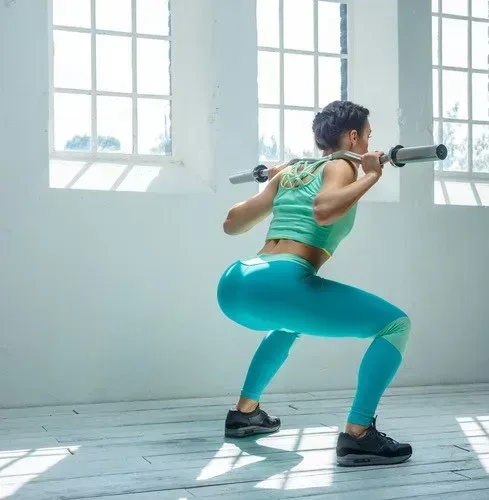
The squat is a dynamic strength training exercise that requires several muscles in your upper and lower body to work together simultaneously.
Many of these muscles help power you through daily tasks such as walking, climbing stairs, bending, or carrying heavy loads. They also help you perform athletic-related activities.
The obvious muscles targeted are in the lower body, but in order to do this compound exercise correctly, you also need to use several muscles above your waist.
The lower muscles targeted in a squat include your:
- gluteus maximus, minimus, and medius (buttocks)
- quadriceps (front of the thigh)
- hamstrings (back of the thigh)
- adductor (groin)
- hip flexors
- calves
In addition to the lower body, the squat also targets your core muscles. These muscles include the rectus abdominis, obliques, transverse abdominis, and erector spinae.
If you do a back squat or overhead squat, you’ll also work the muscles in your shoulders, arms, chest, and back.
What are the benefits of doing squats?
- Strengthens your core – it is recommended targeting the core muscles with back squats to reduce the risk of injury and to boost athletic performance.
- Reduces the risk of injury – when you strengthen the muscles in your lower body, you’re better able to execute full-body movements with correct form, balance, mobility, and posture.
- Burns calories – calorie burning is often equated with aerobic exercises such as running or cycling. But performing high-intensity, compound movements like the squat can also crush some serious calories.
- Strengthens the muscles of your lower body
- Boosts athletic ability and strength – if you compete in a sport, adding jump squats to your workout may help you develop explosive strength and speed which, in turn, may help improve your athletic performance.
- Can be done anywhere – to do bodyweight squats, you don’t need any equipment. All you need is your body and enough room to lower your hips into a sitting position.
Sources: Health Line
Recent Posts
Related Articles
The most common strength training injuries — and how to avoid them
There are plenty of things that might prevent you from keeping up...
June 19, 2023Gym etiquette in the weight room
Feeling comfortable in your routine can help you have a more relaxed...
June 19, 2023Types of indoor cycling workouts
Generally speaking, indoor cycling can be broken down into four different cycling...
June 19, 2023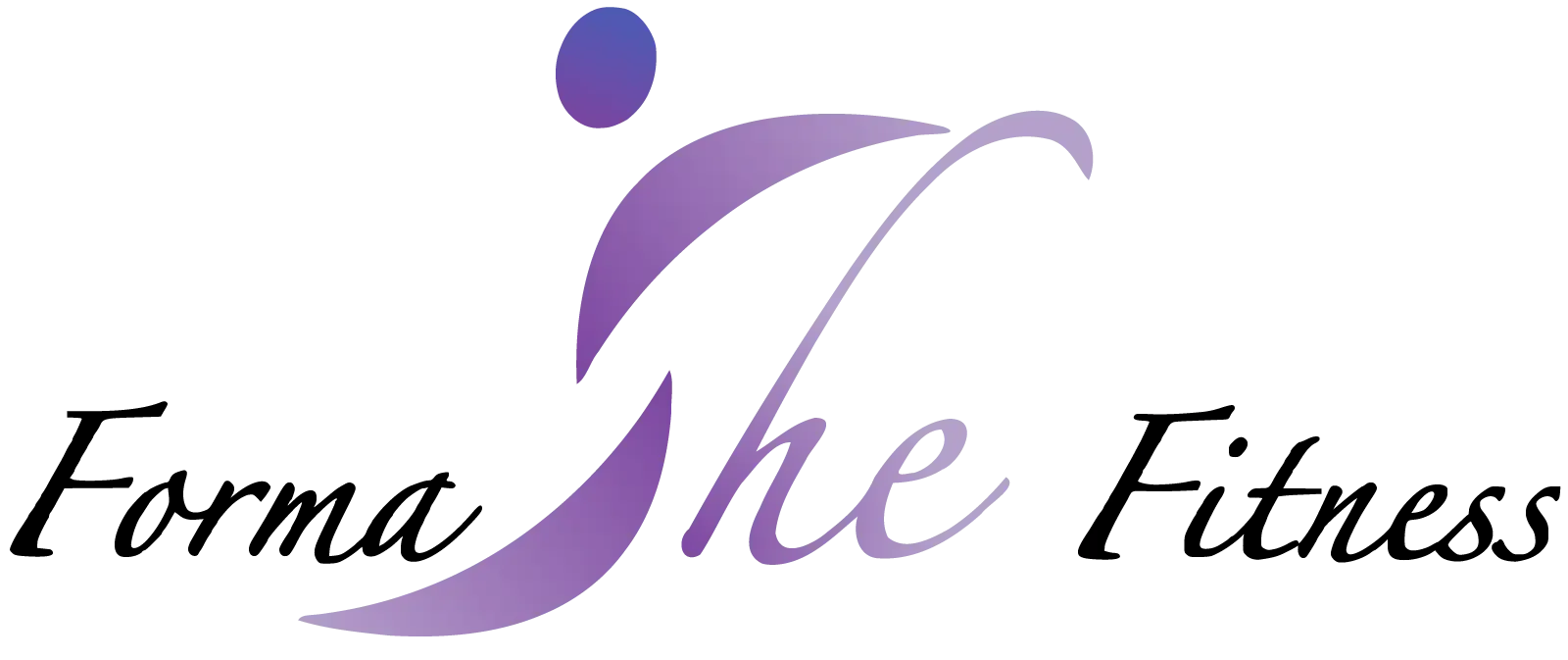


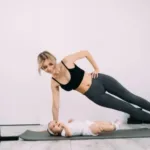
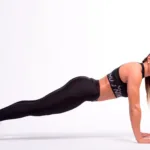



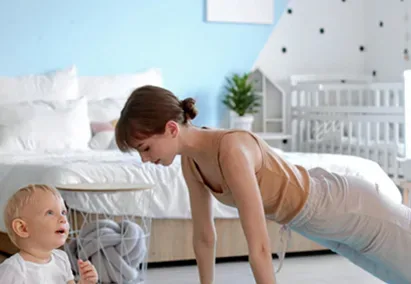



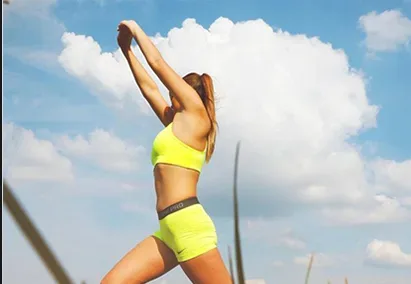



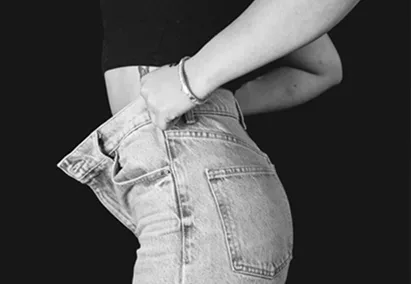






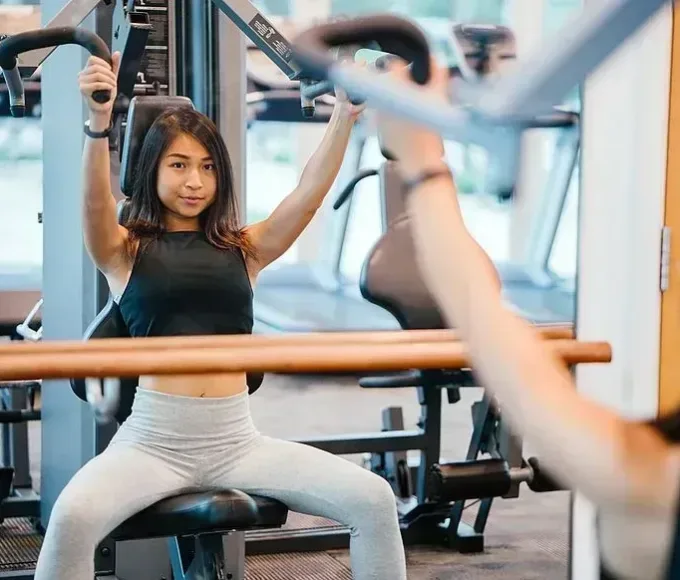
Leave a comment